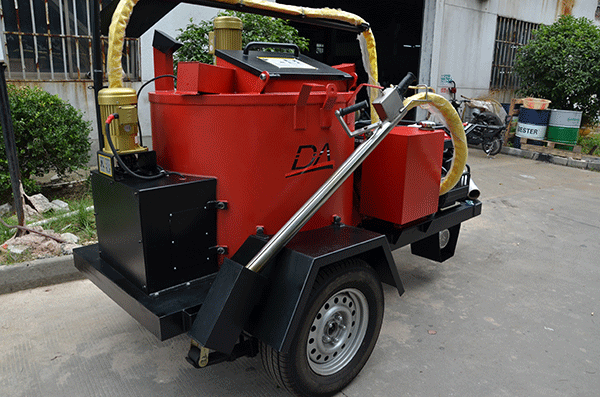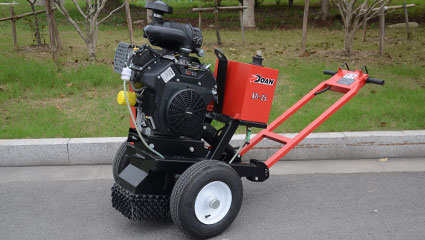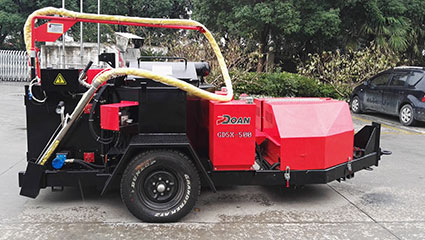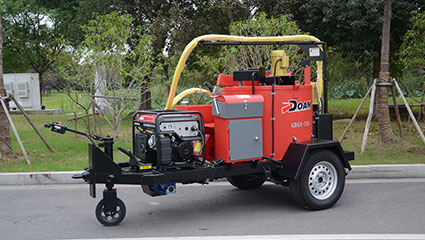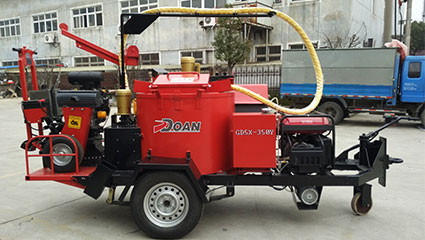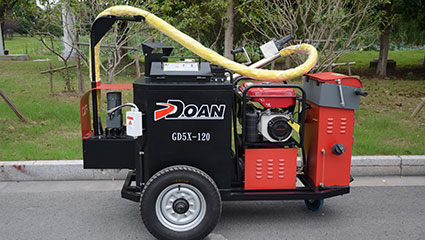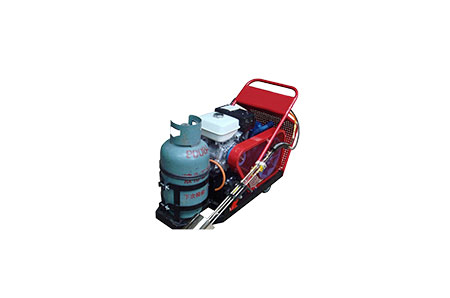Most contractors and municipalities prefer to use hot sealant in place of cold pour sealant because cold sealants in general have a high shrinkage property. Sometimes heated sealant is necessary for a particular job because the air temperature is too cold or the crack is larger than can be maintained with a cold pour sealant.
Sealant melters are known as double-jacketed, oil-jacketed, or double boilers. Generally Crack Sealing Machine use heat transfer oil as a medium to heat the melting chamber which heats the sealant. Crack Sealing Machine system eliminates burning and keeps the melting chamber at a consistent, ideal temperature between 350° and 410°F.
Some melters have a recirculation feature that draws hotter sealant from the bottom of the tank and circulates it back to the top to mix with cooler material. Recirculating material this way speeds the melting and heating process and prevents temperature stratification. This feature is particularly important when using fiberized sealant or a sealant with minral filler, when constant mixing and agitation is necessary to ensure that Crack Sealing Machine components are distributed and the sealant will perform.

